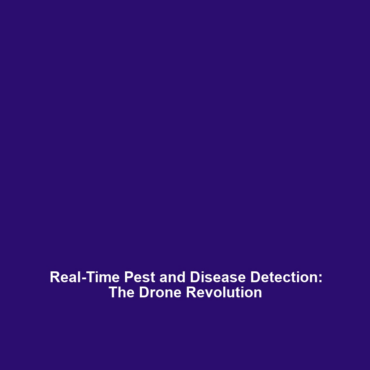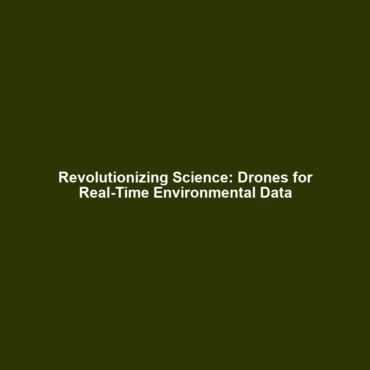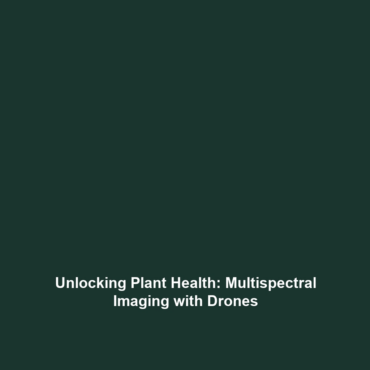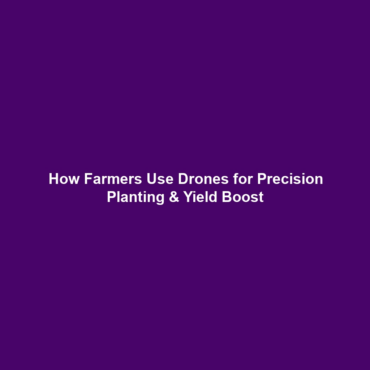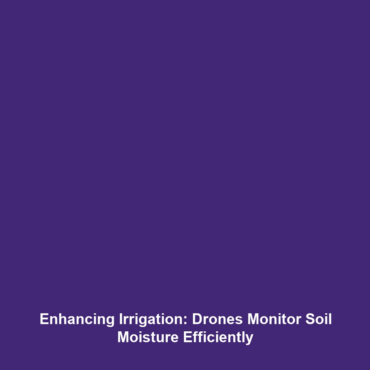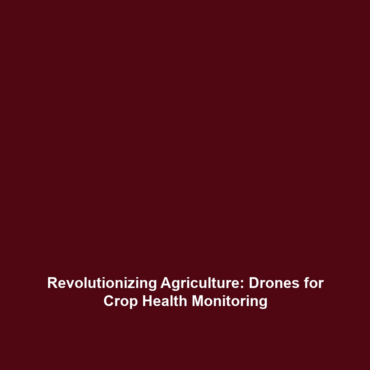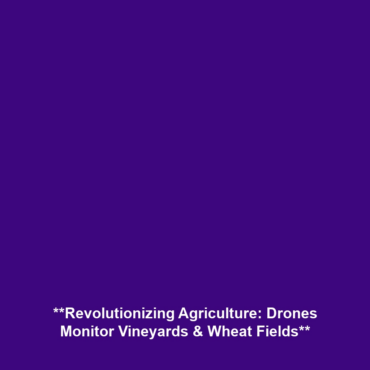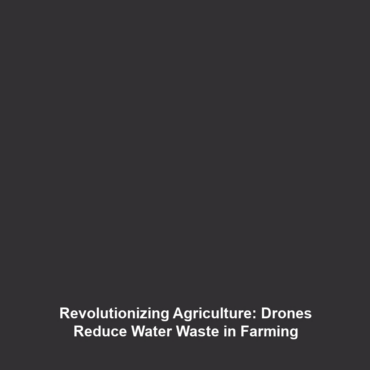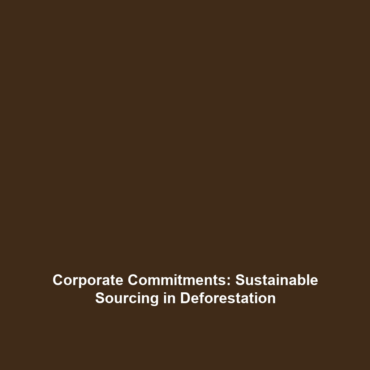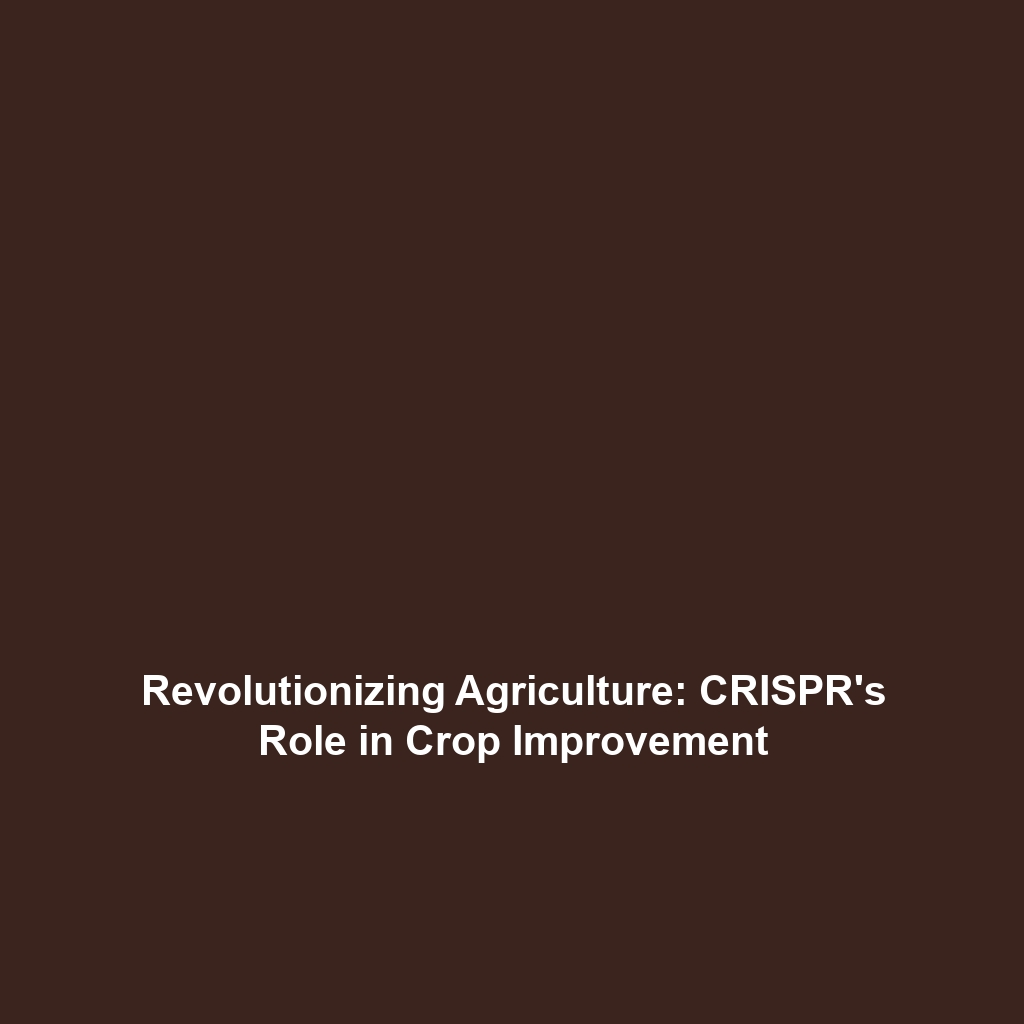The Role of Drones in Detecting Pests, Diseases, and Nutrient Deficiencies in Real Time
Introduction
Drones are revolutionizing the agricultural landscape by offering advanced solutions for detecting pests, diseases, and nutrient deficiencies in real time. These unmanned aerial vehicles (UAVs) facilitate precise monitoring, allowing farmers to implement targeted interventions and optimize yield. The integration of drones in science is paving the way for enhanced agricultural productivity and sustainability.
Key Concepts: Understanding Drones in Scientific Applications
The Underlying Technology
The technology behind drones used for pest and disease detection involves sophisticated sensors and imaging techniques, including:
- Multispectral Imaging: Captures data at different wavelengths to assess crop health.
- Thermal Imaging: Identifies plant stress due to water or nutrient deficiencies.
- RGB Cameras: Provides visual data to spot visible signs of pest attacks and diseases.
Real-Time Data Processing
Real-time processing of data collected by drones allows for immediate actions to be taken, preventing extensive damage and economic loss. By incorporating machine learning algorithms, drones can analyze data patterns to predict potential infestations or health issues.
Applications and Real-World Uses
The applications of drones in detecting pests, diseases, and nutrient deficiencies are vast and impactful. Significant examples include:
- Crop Surveillance: Drones are used to monitor vast agricultural fields, providing farmers with real-time insights.
- Precision Agriculture: Utilizing UAVs, farmers can apply pesticides and fertilizers precisely where needed, minimizing waste and environmental impact.
- Research and Development: Agricultural scientists employ drones to study plant interactions and disease spread in various ecosystems.
Current Challenges
Despite the transformative potential, there are notable challenges and limitations in applying drones in agricultural science:
- Regulatory Issues: Strict regulations on drone usage can hinder deployment in certain regions.
- Cost Barriers: Initial investment and operational costs can be prohibitive for small-scale farmers.
- Data Overload: Handling and interpreting large amounts of data can be complex and requires skilled personnel.
Future Research and Innovations
Research is continually evolving in the realm of drones and agricultural monitoring. Future innovations are set to include:
- AI Integration: Advanced AI algorithms will enhance predictive analytics for better crop management.
- Autonomous Applications: Drones will become increasingly autonomous, capable of conducting missions without human intervention.
- Improved Sensors: Enhanced sensors will provide more data points for higher precision in identifying issues.
Conclusion
The role of drones in detecting pests, diseases, and nutrient deficiencies is pivotal in advancing agricultural practices. As technology progresses, these aerial solutions will empower farmers to adopt more sustainable and efficient practices, ultimately benefiting food security. For more on how drones are reshaping science, read our articles on Precision Agriculture Innovations and Drones in Environmental Monitoring.
